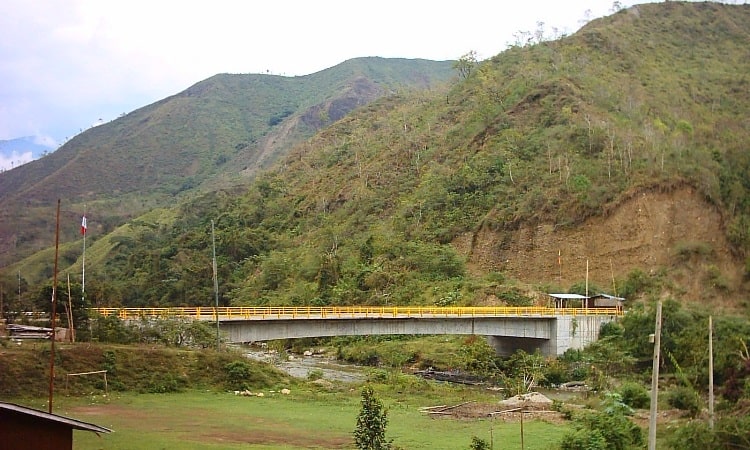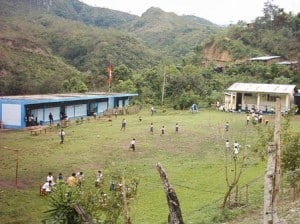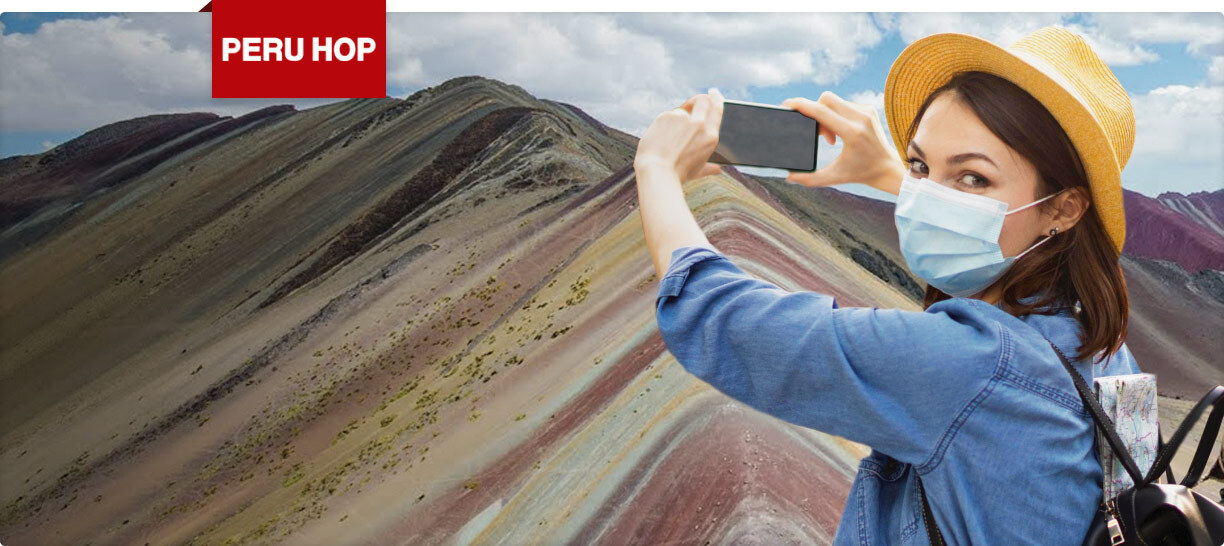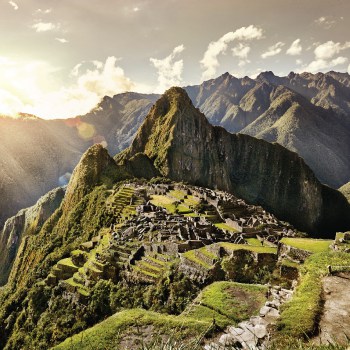Peru Ecuador Border Crossing: San Ignacio to Zumba

Bridge at La Balsa, Peru-Ecuador Border Crossing (photo by Tony Dunnell)
Of the three paved Peru-Ecuador border crossings, the San Ignacio to Zumba route is the furthest inland. If you are heading to Ecuador from towns such as Tarapoto, Moyobamba or Chachapoyas (or vice versa), the San Ignacio-Zumba crossing is a good option.
The route is scenic, it’s all quite rustic and the crossing itself is generally a simple process. The major downside is the pace of it all – the roads aren’t great and you’ll probably need to do a few short hops that could involve a combination of buses, taxis and maybe trucks. You might find a direct bus from, say, Jaén to Zumba, so it’s always worth asking, but don’t assume that such a thing exists.
Once in Ecuador, your best option for getting around is Ecuador Hop, a flexible hop on hop off bus service which allows you to see the country’s best sights and hidden gems at your own speed. Passes are good for a year, so you’ll be able to “hop off” and stay as long as you want in each place. When you’re ready to move on, just “hop on” and continue to the next destination.
Crossing From San Ignacio, Peru to Zumba, Ecuador
From Chachapoyas, Tarapoto or Moyobamba, you’ll first need to head (by bus) to the town of Jaén further north. Depending on the availability of buses (and the schedule), you might need to go to Pedro Ruiz first before taking a second bus to Jaén (a change at Bagua Grande is also a possibility).
From Jaén, combis (minibuses) and colectivo taxis take passengers to San Ignacio (about 2 to 2½ hours). There are a handful of hotels in San Ignacio if you want (or need) to stay overnight, but nothing special.
You’re not actually at the border yet: from San Ignacio you need to take another combi or colectivo along a bumpy road to the border crossing at La Balsa (1½ to 2 hours). You’ll eventually pass over the brow of a hill and see the La Balsa border crossing below you; it’s immediately evident that this is not a particularly sophisticated operation.

Peru-Ecuador Border Formalities at La Balsa
La Balsa sits on one side of the Río Blanco, connected to Ecuador via a bridge (a raft once ferried passengers across, hence the name La Balsa). There’s a school tucked away at the side of the river, where screaming kids play football before scurrying inside when lessons begin. Beyond the school you’ll see the international bridge and a series of cabins where you will find the immigration officers.
The border formalities shouldn’t pose any problems, as long as all your papers are in order (passport and, most likely, your Tarjeta Andina). The border officials sometimes disappear (lunch? football match? telenovela?), but if you hang around then someone will turn up eventually. Once you get the official stuff done, stroll across the bridge to Ecuador.
The Ecuadorian immigration offices are on the other side of the bridge. Get your stamp and then start looking for a ranchera (also known as a chiva), an antiquated, open-sided truck/bus thing with buttock-breaking wooden benches for the passengers. It’s only about 10 km from the border point to Zumba, but the trip up the steep and winding road can take about an hour.
Zumba is an interesting place to take a stroll while waiting for the next bus out, or perhaps even stay the night if you need to recover (or if you’ve missed the last bus out). If not, head for the fairly basic bus terminal and look for the next ride to Loja.
The trip to Loja should take about 3 hours. Loja is a lively city and a fun place to stay; alternatively, head to the nearby village of Vilcabamba and the stunning surrounding countryside of the “Valley of Longevity.” And that’s it, basically – you have arrived in Ecuador.
ENTERTAINMENT TIP: If looking for fun at night, or to watch sports during the day, or even a taste of home after crossing the border into Peru, visit the Wild Rover Hostels Chain for great food, sports and beer! Entrance to their bars is free even for non-guests
Doing the Ecuador-Peru Border Hop for Tourist Visa Extensions
If you are going to cross the Peru-Ecuador border with the intention of re-entering Peru for a tourist visa extension, the San Ignacio-Zumba crossing may not be a good idea. When I last did this (I have a resident visa now), I had serious problems. Having entered Ecuador, I was told that I couldn’t spend more than 180 days in Peru each year on a tourist visa (which is true, but was largely unenforced at the time); therefore, I could not cross back into Peru.
I did a loop to the Macará crossing further to the west: again, rejected. I managed to talk my way across the Macará-La Tina border eventually, but it looked pretty bleak at one point (in the end I was given a one month Peru tourist visa so I could re-enter the country).
There’s a lot of luck involved in these situations, but I’d definitely recommend crossing over into Chile (Tacna to Arica and back) for visa extensions if possible. I did the Chile hop shortly after my Ecuador visa nightmare – I crossed over, politely asked for a six month tourist visa, and was promptly given the full six months with no problems whatsoever.
Why the difference? I’m not sure, to be honest. Bear in mind that this is a personal experience from 2010 and Peruvian immigration laws — or at least the way they are enforced — have changed since then, so always try to find the latest info before doing a Peru-Ecuador or Peru-Chile border hop.












9 comments for “Peru Ecuador Border Crossing: San Ignacio to Zumba”